0-203-34599-1
Table of contents :
Book Cover……Page 1
Half-Title……Page 2
Title……Page 4
Copyright……Page 5
Contents……Page 6
Contributors……Page 11
Abbreviations……Page 14
Preface……Page 16
1. Introduction……Page 18
2.1 The control of meristem identity……Page 19
2.3 Intermediate genes……Page 20
2.4 The next generation: ovules and seeds……Page 21
3. Properties of plant MADS-box factors……Page 24
3.1 The MADS and I-domains are required for DNA-binding……Page 25
3.2 The K-domain is required for dimerization……Page 27
3.3 Floral development and the interactions between floral organ identity MADS-box factors……Page 34
3.4 MADS-box factors and ternary complex factors (TCFs)……Page 35
4. Future directions……Page 36
References……Page 37
2. Sex and gender conditions in plants……Page 42
3. Distribution of dioecy and sex chromosomes in flowering plants……Page 44
4. Genetics of sex determination in dioecious angiosperms……Page 47
5. Why are sex-determining loci linked?……Page 48
6.1 Relative frequencies of androdioecy and gynodioecy……Page 49
6.2 Taxonomic distributions of androdioecy and gynodioecy……Page 50
6.3 Theoretical conditions for the invasion of cosexual populations by males and females……Page 51
7. The transition to dioecy from gynodioecy: establishment of males in gynodioecious populations……Page 52
7.1 Linkage between male and female suppressor loci……Page 53
8. Evolution of sex chromosomes……Page 54
8.1 Current knowledge about plant sex chromosomes……Page 55
8.2 Degeneration of Y chromosomes……Page 56
9. Have plant Y chromosomes degenerated?……Page 57
10. Molecular genetics of plant Y chromosomes……Page 59
References……Page 61
1. Background and introduction……Page 68
2. Genomic approaches to studying sex determination……Page 73
3. Gene expression studies during dioecious flower development……Page 76
4. Genetic approaches……Page 83
5. Future prospects……Page 84
Acknowledgments……Page 86
2. Genetics of sex……Page 90
3. Isolation of male-specific DNA fragments……Page 91
5. Homology of male-specific DNA fragments with other DNAs and proteins……Page 92
5.1 Bgl16……Page 93
5.2 Bam37 and Bgl7……Page 98
5.3 Bgl10, Bgl38 and Bgl43……Page 99
6. Conclusions……Page 101
References……Page 102
1.1 The phylogenetic debate……Page 106
1.2 Morphological bases of sexual dimorphism……Page 107
2. Generating the experimental tools: screening for Y-deleted sexual mutants……Page 109
2.1 Mutations affecting the GSF……Page 110
2.2 Mutations affecting the SPF……Page 111
2.3 Preliminary mapping of GSF and SPF on the Y chromosome……Page 112
3. GSF—an evolutionary innovation, SPF—an evolutionary accident?……Page 113
7. Conclusions……Page 114
References……Page 115
1. Introduction……Page 118
2.1 Methylation patterns during mammalian ontogenesis……Page 119
2.2 Role of DNA methylation in plant growth and development……Page 120
3. Experimental studies on dioecious Melandrium album……Page 123
3.1 Epigenetic sex reversal……Page 124
3.2 Different roles of X and Y chromosomes in plant development: when does the differentiation of the sexes begin?……Page 127
BookmarkTitle:……Page 128
4. Conclusions……Page 132
References……Page 133
1. Sex chromosome-based sex determination systems: active Y versus X: autosome dosage……Page 140
2. Morphology and development of Rumex acetosa flowers……Page 141
3. Genetic control of sex differentiation in Rumex acetosa……Page 144
4. Genes involved in sex differentiation……Page 147
6. Molecular markers for sex chromosomes……Page 148
7. Isolation of sex determination genes……Page 149
9. Conclusions……Page 152
References……Page 153
1. Introduction……Page 156
4. Development of the male flower……Page 157
5. Development of the female flower……Page 159
6. Development of male and female flowers on monoecious lines……Page 160
7. Sex chromosomes in Humulus lupulus and H. japonicus……Page 161
8. Sensitivity of sex expression in hop to plant hormones……Page 163
9. Conclusions and current work……Page 164
References……Page 165
1. Asparagus officinalis: an important crop plant……Page 168
3. The development of male and female flowers……Page 169
4. Physiological and biochemical changes during sex differentiation……Page 171
5. The doubled-haploid clones of asparagus……Page 172
6.1 Segregation analysis of polymorphic markers……Page 173
6.2 Bulked segregant analysis……Page 175
8. Early diagnosis of gender……Page 177
9.2 Developmental data……Page 178
References……Page 179
1.1 The genus Dioscorea……Page 182
1.2. Sex determination in Dioscorea: an overview……Page 183
2.2 Crossing, molecular markers, and mapping strategy……Page 184
2.3 AFLPs linked to sex……Page 185
3. Towards cloning the sex gene of Dioscorea……Page 188
References……Page 189
1. Introduction……Page 192
2. Phenotypic gender variants naturally occurring in Actinidia species……Page 193
3. The genetic control of sex as inferred from gender segregation in progeny……Page 194
4. The establishment of disomic sex control in polyploids……Page 195
5. The genes involved……Page 197
6. Mapping and cloning sex-determining genes……Page 198
References……Page 199
1. Introduction……Page 202
2.1 Stamen suppression……Page 203
2.2 Pistil suppression……Page 204
2.3 Genetic interactions in sex determination……Page 205
References……Page 206
1. Introduction……Page 210
2. The cucumber floral bud: transition from bisexual to unisexual development……Page 211
3. Sex expression along the cucumber shoot: sex types and sex phases of the whole plant……Page 213
4. Inheritance of sex determination in cucumber……Page 214
5. Environmental effects on sex expression……Page 217
6.2 Auxins……Page 218
7. Role of endogenous growth regulators in sex expression……Page 219
7.2 Measurement of endogenous hormones as related to sex expression……Page 220
7.4 A model for cucumber sex expression……Page 222
9.1 Possible approaches to identify genes of interest……Page 225
9.2 Cloning genes that determine floral organ identity……Page 226
9.3 Cloning of ethylene-synthesis genes……Page 230
9.4 Genes that are differentially expressed in floral buds……Page 232
10. Concluding remarks……Page 233
References……Page 234
Index……Page 240
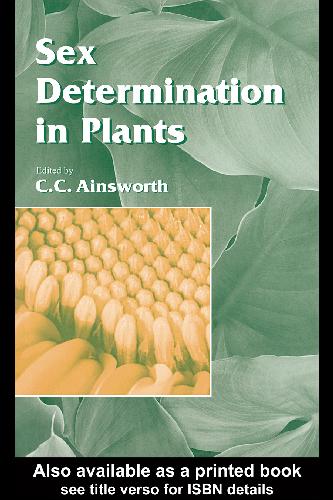

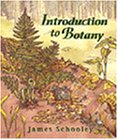

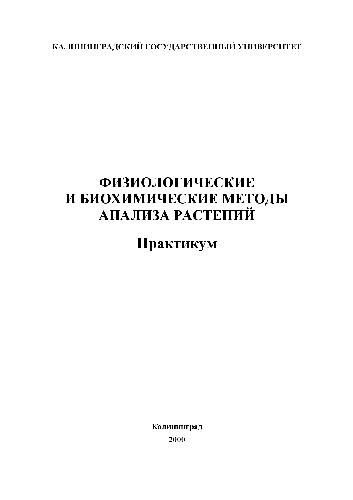
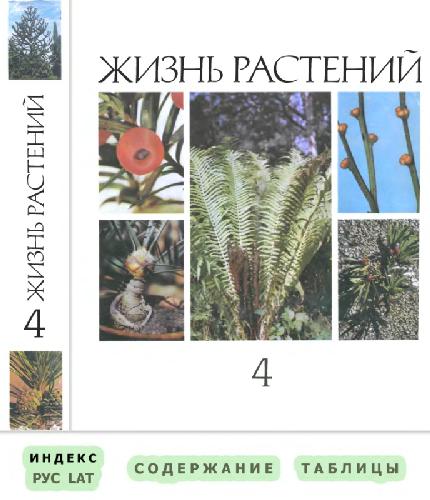
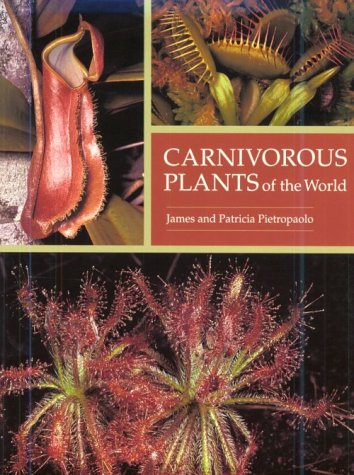
Reviews
There are no reviews yet.